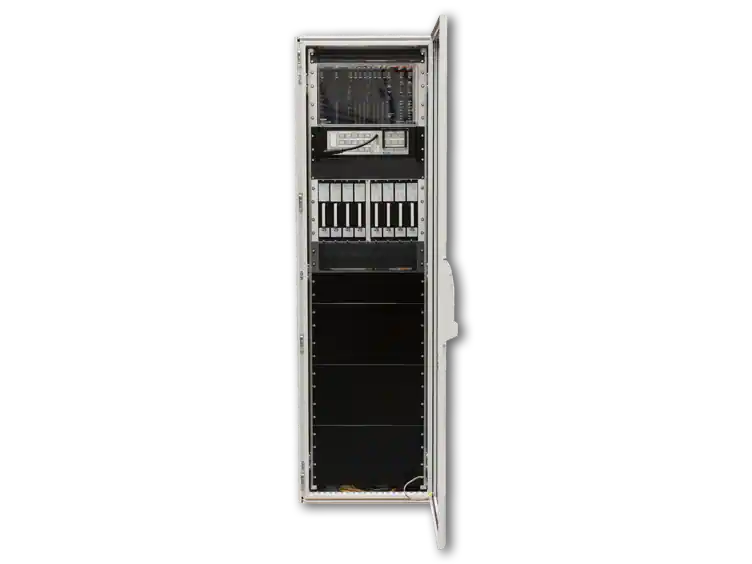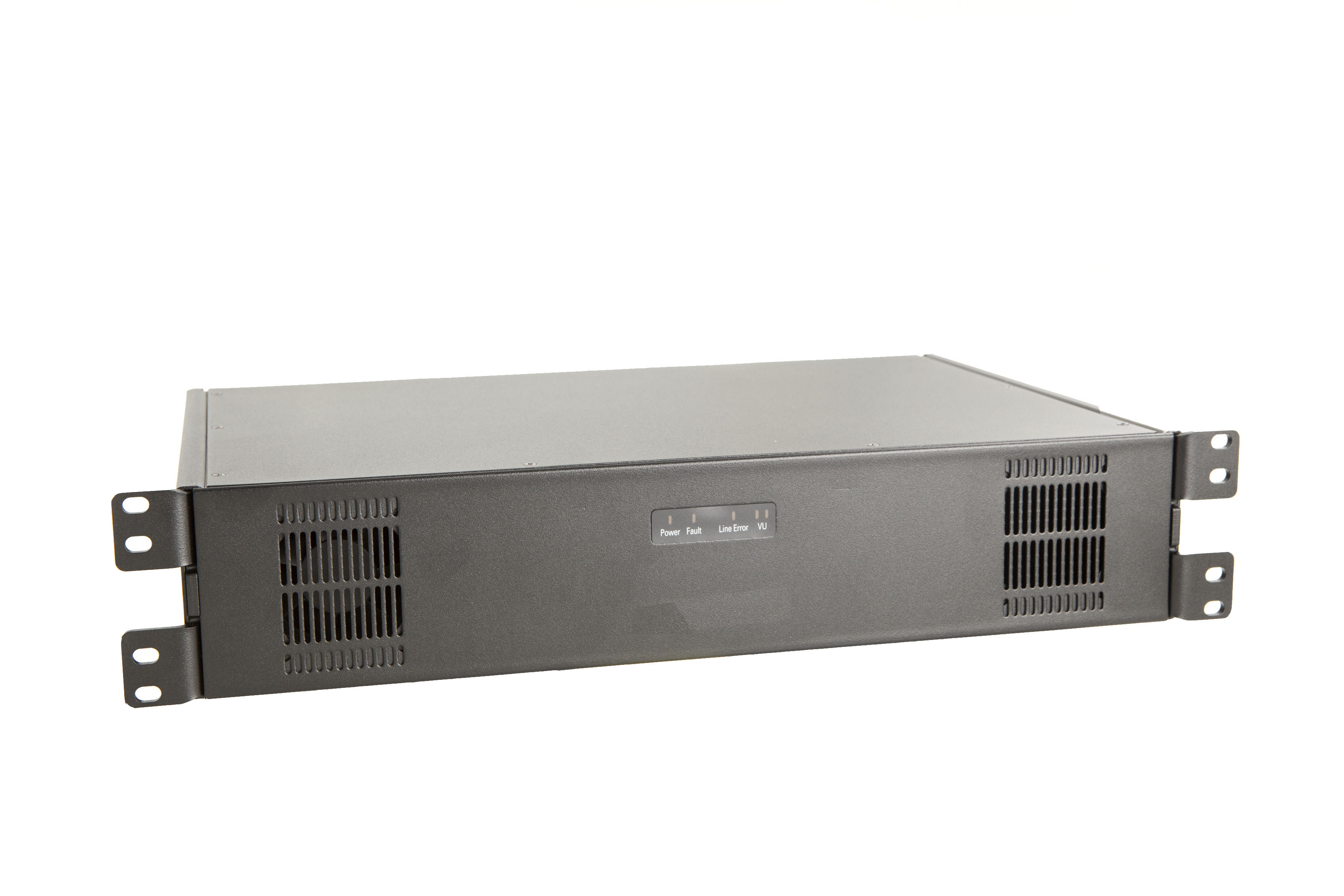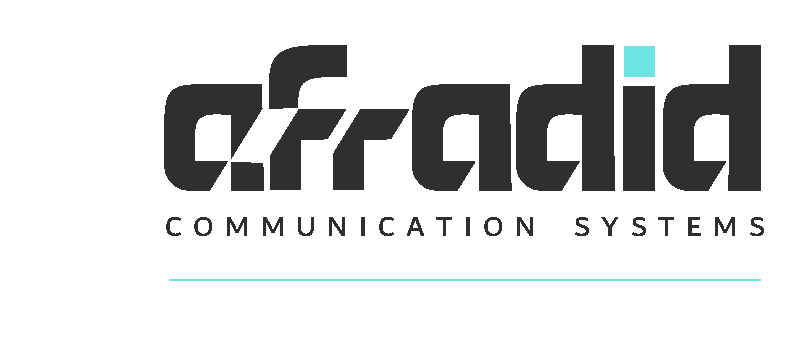PAGA
-
Central Control

-
Easy Integration

-
 Multi Zone
Multi Zone
-
 Integration
Integration
-
 Durable
Durable
System Controller
The system controller handles routing and prioritization of up to 32 simultaneous audio channels in the system where audio can be distributed from up to 150 audio inputs to up to 250 zones.
The system controller features a display where status and faults can be viewed. This display also allows configuration of simple parameters. The system controller monitors and receives status information from every component in the system. Faults are time stamped, and presented in chronological order on the display. Buttons allow an operator to acknowledge and reset faults. The network connection to every component in the system is monitored, so a defect switch or broken cable will be detected just as reliably and fast as any other fault in the system.
The system controller also acts as the system’s alarm generator and audio message storage. The embedded alarm generator features a set of the most common alarm tones, but can also be programmed to support custom alarm tones and patterns. Stored voice and audio messages is easily uploaded to the system controller as standard wav files.
Amplifiers
A typical PAGA system might have amplifiers ranging from two units to hundreds of amplifiers depending on the acoustic alarm signals and intelligible speech coverage requirement over the
site.The amplifier has two separate loudspeaker channels. Each channel can be addressed separately, i.e. belong to two different zones, or the two channels can be combined into one channel.
The amplifier monitors the speaker lines for shorts, overload and opens. A Line End Transponder (ELTSI) can be used for reliable detection of an open line. More than one ELTSI can be connected to the same line, allowing monitoring of several branches on the speaker line. The amplifier also monitors control inputs, power, temperature, network connections and every other component required for operation of essential services. Faults will be indicated locally on the amplifier display and fault relay, as well as reported to the AlphaCom server which can raise an event or forward the reports to syslog, SNMP and internal log.
The amplifier’s control inputs/outputs and audio inputs can be used locally by the amplifier.
